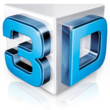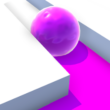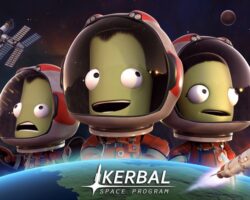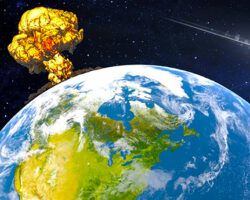Advertisement
Universe Simulator

Universe Simulator is an interactive model of space that demonstrates how celestial bodies behave under physical laws. The program reproduces gravitational motion, orbital stability, and collisions between objects of different masses. Users can construct entire star systems or isolate single events to study how gravity shapes their evolution. The simulation runs continuously, calculating every interaction frame by frame to reflect real physics without pre-defined outcomes.
System Function And User Interaction
The simulation begins with an empty environment where the player adds stars, planets, and other objects. Each addition changes the gravitational field, influencing how previously placed bodies move. The user can control camera angles, adjust time flow, and modify the physical parameters of any object. Every change immediately updates the system, allowing the user to observe cause and effect in real time. This structure makes the simulation responsive and measurable across long timescales.
Objects, Forces, And Data
Universe Simulator contains a set of standard astronomical bodies, each with adjustable physical characteristics. Users can assign mass, velocity, rotation, or density to reproduce specific cosmic conditions. The interactions between these parameters determine the overall behavior of the system.
The main components featured in the simulator are:
- stars, with editable luminosity and temperature
- planets, with orbital and rotational parameters
- moons and small satellites
- asteroids, comets, and debris clusters
- black holes with measurable gravitational fields
These elements combine into self-consistent systems governed entirely by mathematical rules of attraction and momentum.
Observation Tools And Experiments
The simulator provides analytical tools that record object motion and display trajectories in graphical form. Time control enables acceleration to observe large-scale orbital evolution or deceleration for close analysis of impacts. Data panels include distance, velocity, and kinetic energy readings. Users can pause and alter scenarios to test alternative outcomes or verify long-term stability. Collisions generate measurable results such as mass redistribution or orbit change, which can be reviewed through playback.
Universe Simulator functions as a controlled space laboratory where motion is predictable only through physics. It allows the creation of stable solar systems or chaotic environments depending on initial values. Each experiment demonstrates how structure emerges or collapses under the same principles that operate in the real universe. The program turns gravitational interaction into an observable process defined entirely by calculation and observation.
Advertisement






















































































Comments